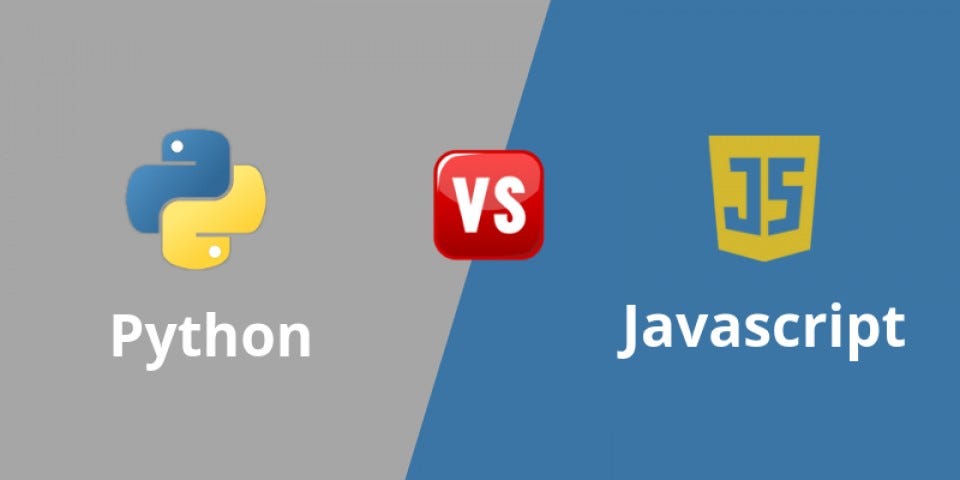If you’re serious about web development, then you’ll need to learn about JavaScript at some point. Year after year, numerous surveys have shown that JavaScript is one of the most popular programming languages in the world, with a large and growing community of developers. Just like Python, modern JavaScript can be used almost anywhere, including the front end, back end, desktop, mobile, and the Internet of Things (IoT). Sometimes it might not be an obvious choice between Python vs JavaScript.
If you’ve never used JavaScript before or have felt overwhelmed by the quick pace of its evolution in recent years, then this article will set you on the right path.
What is JavaScript?
Many people, notably some IT recruiters, believe that JavaScript and Java are the same language. It’s hard to blame them, though, because inventing such a familiar-sounding name was a marketing trick.
JavaScript was originally called Mocha before it was renamed to LiveScript and finally rebranded as JavaScript shortly before its release. To add to the confusion, Microsoft developed its own version of the language, which it called JScript due to a lack of licensing rights, for use with Internet Explorer 3.0. Today, people often refer to JavaScript as JS.
While Java and JavaScript share a few similarities in their C-like syntax as well as in their standard libraries, they’re used for different purposes. Java diverged from the client side into a more general-purpose language. JavaScript, despite its simplicity, was sufficient for validating HTML forms and adding little animations.
There have been — and continue to be — many attempts to replace or supplant JavaScript with other technologies, including:
- Rich Internet Applications: Flash, Silverlight, JavaFX
- Transpilers: Haxe, Google Web Toolkit, pyjs
- JavaScript dialects: CoffeeScript, TypeScript
These attempts were driven not only by personal preference but also by web browsers’ limitations before HTML5 came onto the scene. In those days, you couldn’t use JavaScript for computationally intensive tasks such as drawing vector graphics or processing audio.
To write Python code for the browser, you can use one of the available transpilers, such as Transcrypt or pyjs. The latter is a port of Google Web Toolkit (GWT), which was a wildly popular Java-to-JavaScript transpiler. Another option is to use a tool like Brython, which runs a streamlined version of the Python interpreter in pure JavaScript. However, the benefits might be offset by poor performance and lack of compatibility.
One glaring exception is Microsoft’s TypeScript, which has gained much popularity in recent years. It’s a fully compatible superset of JavaScript that adds optional static type checking. If that sounds familiar to you, that’s because Python’s type hinting was inspired by TypeScript.
#web-development #software-development #python #javascript #programming
